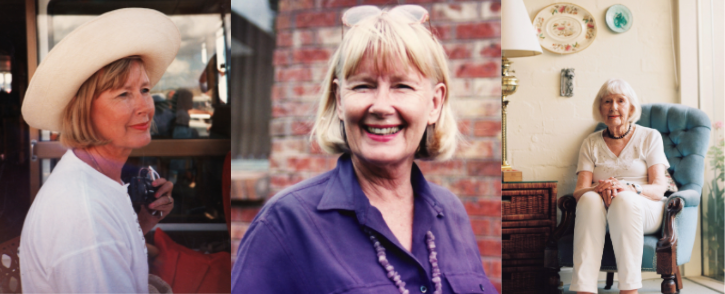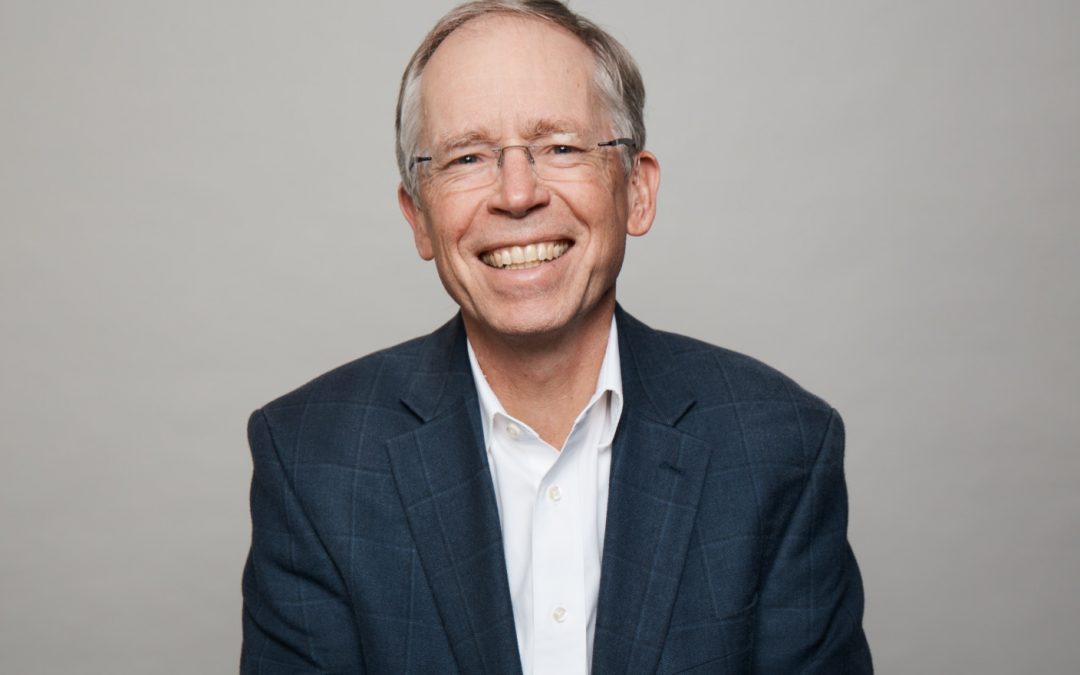
My mother Anne got me started in investing by buying me 100 shares of some long-forgotten mining company when I was 14 in the late ‘60s. Never made any money out of it but I did learn how to read the share pages. I probably learnt more by watching her navigate retirement these last 39 years since she lost my father and had to support herself. She did it well and was able to enjoy her later years comfortably and independently.
In retirement, we’re all different
The first thing I learned was that “we’re all different in retirement.” Different things are important to us and we go about it differently. I can tell you that there’s some things my mother did which I’d never recommend from a professional’s perspective. But they worked for her.
She started with an advantage for any retiree: a famous frugality, a thriftiness motivated by the meagre housekeeping budget she had available as a mother. For instance, I recall her delighting in the ‘70s when she could buy 10 pounds of mince for $1 at Berties The Bargain Butcher. She always explained her frugality as being the result of her Depression-era childhood. But if there’s one common sense rule that gets you through life financially it’s “spend less than you earn.” She excelled at that. And with nary a complaint.
She was always willing to “cut her coat according to her cloth.” She was ready to live with the swings and roundabouts of investing. And because she believed in shares and the Australian share market she was always pretty much 100% invested in shares. Now, that’s unusual for a retiree, most of whom wouldn’t take that volatility, and not something I’d ordinarily recommend.
If dividends were to take a cut due to a recession or financial turmoil, she’d just say: “I’ve seen it all before; they will come back eventually” and “I’ll just cut my expenses while I wait it out.” Phew. Not everyone would or could do that. (And I often wondered if she wasn’t a bit comforted by the thought that I’d be there to bail her out if she got in trouble.)
“Spend less than you earn” is great advice when you’re accumulating for retirement. However, once retired, most people should spend more than they earn, drawing down their nest egg to fund their lifestyle. Not my mother! For her leaving something to her children and her grandchildren was always important. Only about 20% of retired Australians say that. So, again, she was an outlier.
Just how difficult retirement funding can be
The second major thing I learnt was just how hard and uncertain retirement decision-making can be. When my mother was widowed at 52, I thought “how’s she going to support herself?” It would be one thing if she knew how long she was going to live. If she could plan for reaching 85, that would be easier. But I’d think: she’s as fit as a fiddle; she might live to 100. And who knows what investment markets will do. There’s that double challenge facing all retirees: uncertain lifespan and uncertain markets. It’s really tough. So, that inspired me to do the type of work we do at Retirement Essentials.
She was a plucky lady; some of her early decisions as a widow totally surprised me. I was living in the US at the time and didn’t have any say in them. When she bought a general store (post office, retail store, petrol station) near the northern NSW border to operate herself, I almost had kittens. And when she backed my uncle to open a restaurant in Surfers, I was wondering if she was quite sane.
Neither of these (mis)adventures destroyed her and may have built up her resilience. They say “what doesn’t kill you makes you stronger.” And she was certainly strong. And I’m sure she got some real sense of purpose and community out of both those ventures. That reminds us that retirement is not just about the financial side, but about the living part.
Sometimes you’re lucky
The one area where my professional training and her individual style really didn’t match was on the issue of diversification. Professionals, especially this one trained by Vanguard’s Founder Jack Bogle, are raised on the idea that diversifying your portfolio across a wide range of stocks and not being concentrated in any one or two is critical, because anything can happen. Jack famously said: “Don’t look for the needle in the haystack (the individual stock); buy the haystack(the overall market).” And to further diversify, professionals also advocate including other assets like international shares, fixed interest and property securities to offset the volatility of Australian shares.
My mum didn’t care for these ideas much. Loved her franking credits from the banks. Didn’t have much time for international shares because of the lack of franking credits. And loved to let her winners run. And one of those winners just ran and ran. She was lucky to “find the needle” by participating in the initial offering of CSL, the blood plasma company, in the early 1990s. It just went like a rocket over the next two and a half decades. And the only time she’d sell some shares was when I recommended it in the name of diversification. Then, she’d just think (but never say) I was the idiot son, as the stock promptly rocketed again. “So what if it’s 60% of my portfolio? I have confidence in it.” I’d respond: “Mum, you just don’t know what’s going to happen. You’ve got to take some risk off the table.” We’d go round and round.
She died peacefully in early July at age 91. I think she won that latter argument, but I’m begrudgingly mumbling: “it was lucky, not smart policy.”
What it means to be rich in retirement
She was a great mum full of zest and love for life and family. She taught me a lot about retirement and about life. The greatest lesson about retirement is that it’s not being financially well off that matters; it’s having a rich life. And that she did. Her happy retirement was due to family and friends, first and foremost, and then to a full and changing set of interests. She was active and enjoyed her book group, her bridge club, community involvement and staying up to date. Thanks for the lessons, Mum.






You had a wonderful mother. Taught you some valuable lessons that have helped you through life. I am sure you loved her dearly.
Regards Barry Hoar.
What a special read Jeremy. Your Mum sounds like a special lady who lived life to the full, tackled big challenges head on, took some risks, broke a few rules and had a wonderful life. Inspiring!